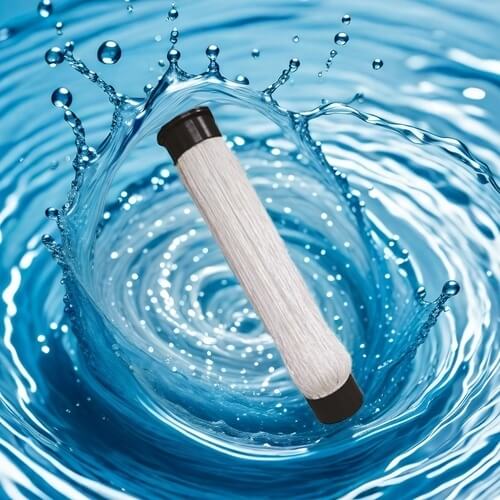What are the wastewater treatment processes in chemical parks?
The wastewater treatment processes in chemical parks mainly include the following methods, which aim to effectively remove harmful substances in wastewater and meet emission standards:
1. Physical treatment method
Sedimentation method: Remove suspended matter and solid particles in wastewater by gravity sedimentation, suitable for preliminary treatment.
Filtration method: Use filtration equipment to remove fine particles and suspended matter in water, often as a pretreatment step for subsequent treatment.
2. Chemical treatment method
Coagulation and flocculation: Add coagulants (such as aluminum salts and iron salts) to aggregate small particles into larger flocs for easy sedimentation, suitable for removing suspended matter and some soluble pollutants.
Redox reaction: Use oxidants (such as chlorine and ozone) to remove organic pollutants and heavy metals in water.

3. Biological treatment method
Activated sludge method: Use microorganisms in activated sludge to degrade organic matter, suitable for wastewater with high organic load.
Anaerobic digestion: Under anaerobic conditions, anaerobic microorganisms are used to decompose organic matter to generate methane and carbon dioxide, creating conditions for subsequent aerobic treatment.
4. Advanced oxidation technology
Fenton reaction: Hydroxyl radicals are generated through the reaction of H2O2 and iron ions, which effectively degrades difficult-to-degrade organic pollutants and is suitable for deep treatment of high-concentration organic wastewater.
5. Membrane separation technology
Ultrafiltration and reverse osmosis: Small molecules and ions in water are removed through the selective permeation of membranes, which are suitable for deep treatment and reuse.
6. Comprehensive treatment process
For complex chemical park wastewater, comprehensive treatment processes are usually adopted, such as acid precipitation-anaerobic-aerobic and other multi-stage treatment processes. This method can effectively reduce harmful components in wastewater and improve biodegradability. For example:
Acid precipitation reactor: Organic matter such as terephthalic acid is precipitated by adjusting the pH value, and three-phase separation is performed.
UASB anaerobic reactor: Decompose organic matter under anaerobic conditions to improve COD removal rate.
Aerobic pool: further degrade the remaining organic matter through the activated sludge method.
Summary
The treatment of chemical park wastewater requires the selection of appropriate processes based on specific water quality characteristics and discharge standards. The comprehensive application of multiple treatment methods can effectively improve the wastewater treatment efficiency and ensure that the discharge meets the standards.
